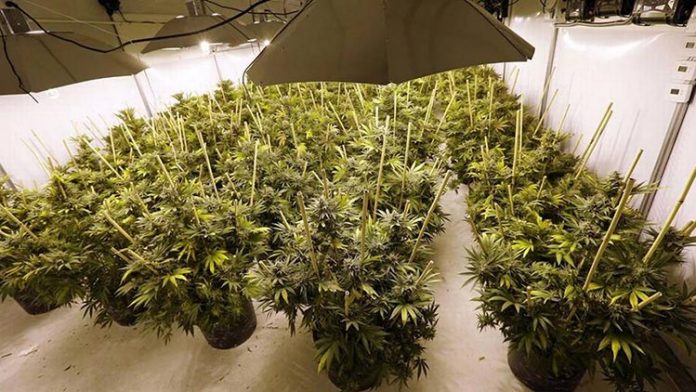For the past few weeks, I have been reviewing the complex history of the most commonly used illicit drug in the United States.
Anciently, it was view as a valuable medication for a wide variety of ailments. In the 1930s, it was viewed as an anti-immigration drug, and a way to get rid of a surplus population that was accused of taking American jobs.
Now as more and more states, including Utah, are considering its usage in various forms, this drug — while it remains technically illegal from a federal perspective — could soon be common in many American and Utahn households.
Marijuana refers to the dried leaves, flowers, stems and seeds from the Cannabis sativa or Cannabis indicia plant. The plant contains the mind-altering chemical THC and other similar compounds, including cannabinoids.
Cannabinoids are a diverse class of chemicals that produce the range of effects associated with marijuana. Past research suggests that certain cannabinoids, like CBC, may have a wide variety of positive health effects. This continues to be an exciting area of research. However, as long as marijuana remains a schedule-one drug, federal funding for research will most likely be limited.
At the present time, smoking remains the most popular method of ingesting marijuana. However, significant numbers of people also mix it in food (edibles) such as candy, tea or the ever popular brownies.
Whether you smoke it, eat it or drink it, marijuana affects the brain, because THC quickly passes from the lungs or the digestive tract directly to the blood stream.
THC acts on specific brain cell receptors that play a role in normal brain development and function. Marijuana over-activates these sites, causing the high people feel. Short term effects include altered senses, changes in mood, impaired body movement, difficulty with thinking and problem solving, impaired memory hallucinations, delusions and psychosis.
Long-term marijuana use may affect brain development. When usage begins in the teenage years the drug may impair thinking, memory, and learning due to changes in the developing connections between various areas of the brain. Studies report different results as to whether overall IQ is affected. There does seem to be a growing body of evidence, however, that at least suggest regular usage, especially in younger users, may lower overall IQ.
The most reliable studies on marijuana and health also mimic the most popular way this drug is used: smoking it. In most marijuana studies, respiratory symptoms have been assessed using smoking tobacco as a comparison.
Because tobacco smokers tend to smoke more tobacco than marijuana smokers smoke marijuana, it is plausible that differences in the effects of regular tobacco smoking vs. regular marijuana smoking could be attributable at least in part to the amount smoked and the technique used in the smoking process. Marijuana smokers tend to inhale deeper and often hold the gases in the lung for longer periods of time.
What is known is that marijuana contains more than 2.5 times the cancer-causing agents as unfiltered cigarettes. In addition, the numbers of respiratory cancers found among young users of marijuana is unusually high, in comparison to tobacco users. It is generally assumed that respiratory diseases including cancers of the lung are greatly increased in smokers of marijuana. It is appropriate to remind readers that cigarette smoking kills nearly half the people who smoke – a staggering statistic.
There is also one additional issue with the use of marijuana, and that is the question of marijuana representing a gateway to other forms of drug usage.
Some studies suggest that marijuana opens the door to greater drug usage in the future. Several studies, however, do not necessarily confirm this.
It is important to note that other factors besides biological mechanisms, such as a person’s social environment, are also critical in a person’s risk for drug use. An alternative to the gateway-drug hypotheses is that people who are more vulnerable to drug-taking are simply more likely to start with readily available substances such as marijuana, tobacco or alcohol.
Whatever the outcome with the several Utah bills surrounding this drug, exciting times are ahead, for both users and abstainers.














